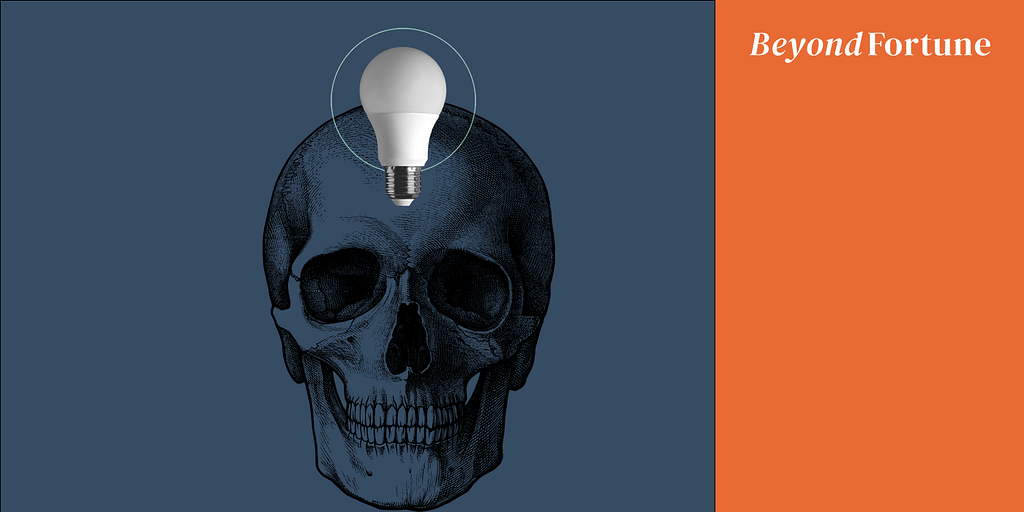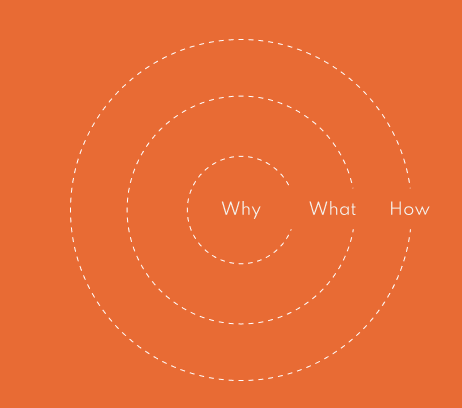Cookies
We use cookies to help us correctly display and improve the website. We divide these into technically necessary cookies and marketing cookies. More detailed information can be found in our privacy policy.
30.09.2020 Fabian Roschig




There is a simple equation for commercially successful innovation:
Innovation = Creating viable and feasible SOLUTIONS for unmet customer PROBLEMS.
When we look how innovation is happening in many companies today, we see that people naturally gravitate towards the first part of the equation.
They start with the idea (a solution approach) before the actual customer problem is being properly defined or validated in detail.
They solve the “how” prior to the “what” and the “why”.

In surveys of 106 C-suite executives in 17 countries, 85% strongly agreed or agreed that their organisations were bad at problem diagnosis, and 87% strongly agreed or agreed that this flaw carried significant costs.*
So if we know that…
Why are we still prioritising solutions over problems?
Digging deep, reframing the problem and empathising with users costs time and money. This is what companies see when they have to invest in a prior phase than actually building the solution. But this is one of the reasons why 95% of new product launches fail** and 94% of global executives are unsatisfied with the performance of their business in the area of innovation.***
Ideation is not, and never was, the first step in building a solution. You are reducing the failure rate and the associated costs in the long run if you are familiar with the nature of the topic and decomposed the user’s needs in a systematical way.
2. Solution bias
We all like to solve problems and want to jump in directly in building the next big thing. But it is unlikely to happen without a systematic prior discovery phase.
We believe we know the pros and cons of our potential solution and communicate them to our boss or teams in a non-negotiable, predefined way. We therefore take away the need for them to think, to challenge, to dig deeper and we take away the possibility to reframe the problem before building a solution. This lack of shared understanding opens the door to subjective assumptions and potential misunderstandings.
Once someone is really convinced about his/her idea, in most cases there is no turning back. They are biased and very likely to ignore all signs of potential failure on the way.
3. We confuse assumptions with problems
In innovation many people tend to build houses on unreliable foundations — not validated assumptions.
We think we know what customer want, but unfortunately this is not “Sixth-Sense” or “Minority Report” and we can’t read people’s minds if don’t talk to them. We are actually guessing or gambling with the future success of our products and services.
It is good to have a structured set of assumptions about our customers, but we can only validate them by actually interviewing them with the right questions and structure.
I am sorry to say, but there is no shortcut.
You can only drive towards better business outcomes with a solid, systematic, repeatable and data-driven discovery phase.
Innovation requires actionable and differentiated insights to build upon. This is the lifeblood of innovation and 1 of 2 important variables in the equation for commercially successful innovation. Skipping an intense problem discovery phase might create fancy, shiny “solutions” to non-existent problems that end up in the landfill and the graveyard of new product launches.

BeyondFortune is a new business design and innovation strategy agency.
We help businesses navigate uncertainty and taking the guesswork out of innovation by applying a repeatable process + data-driven mindset + customer-centricity at heart.
We are de-risking value creation by capturing deep user insights and transforming them into predictable growth strategies and successful products.
We are looking forward to, together with you, systematically driving innovation to success.
**Based on Harvard Business School professor Clayton Christensen, Study for 30,000+ products which are launched every year -2019
***Based on McKinsey Survey — 2019
Ideas don’t matter. Problems do. was originally published in BeyondFortune on Medium, where people are continuing the conversation by highlighting and responding to this story.